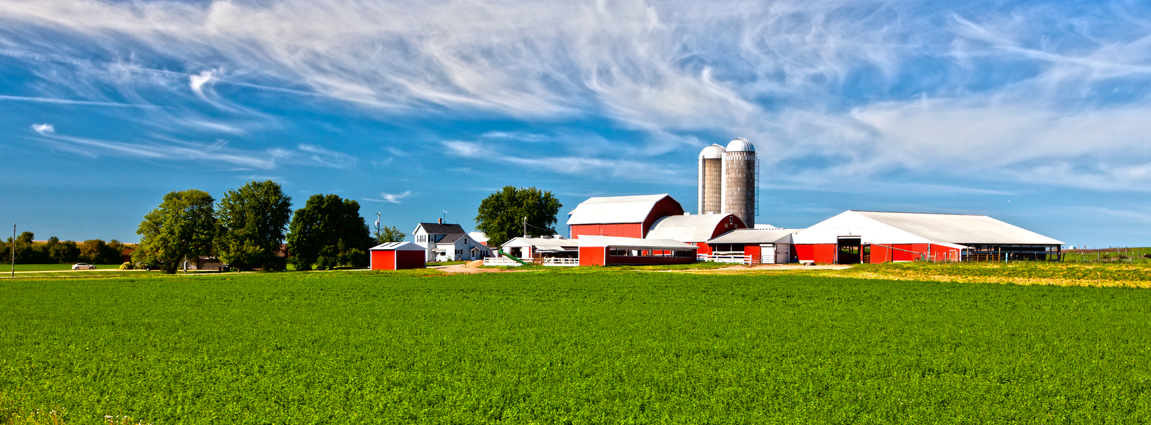
These Climate-Smart Grants are part of a CARAT Project conducted by The Pennsylvania State University and partners. What does CARAT stand for? Climate-smart agriculture that is profitable, regenerative, actionable, and trustworthy (CARAT). The focus of the project is on dairy production in Pennsylvania, a sector with tremendous potential to reduce greenhouse gases by suppressing methane and nitrous oxide emissions and by storing carbon. The overall project will involve 69 dairy producers across three cohorts — each representative of the various scales and types of dairies in Pennsylvania.
How do the Climate-Smart Grants work for PA dairy producers?
CARAT will provide funding to identify and implement climate-smart practices that will benefit your dairy operation. Your grant application is for pre-qualification in the CARAT Project conducted by Penn State and partners with funding from Partnerships for Climate Commodities, an initiative of the USDA.
No more than 150 dairy farms will be approved, on a first come, first served basis, through the pre-qualification process to work with a technical service provider to develop climate-smart plans for their operations. From there, 69 dairy farms across three cohorts — each representative of the various scales and types of dairies in Pennsylvania – will be selected for implementation of their plan.
Pre-qualification does not guarantee your farm will be approved as one of the final CARAT participants. You will be notified whether you have been accepted into the pre-qualification upon review of your application.
NOTE: Dairy farms with 35 lactating cows or more or custom dairy heifer facilities with 100 or more dairy heifers that have a 1) Ag E&S or conservation plan and 2) manure management or nutrient management plan in place (two total plans) are eligible to apply.
How to Apply:
Click here to view a webinar reviewing how the program works.
Learn more about the program and read frequently asked questions, including funding levels per farm, what portion of costs the farmer is responsible for, technical service providers and more.

